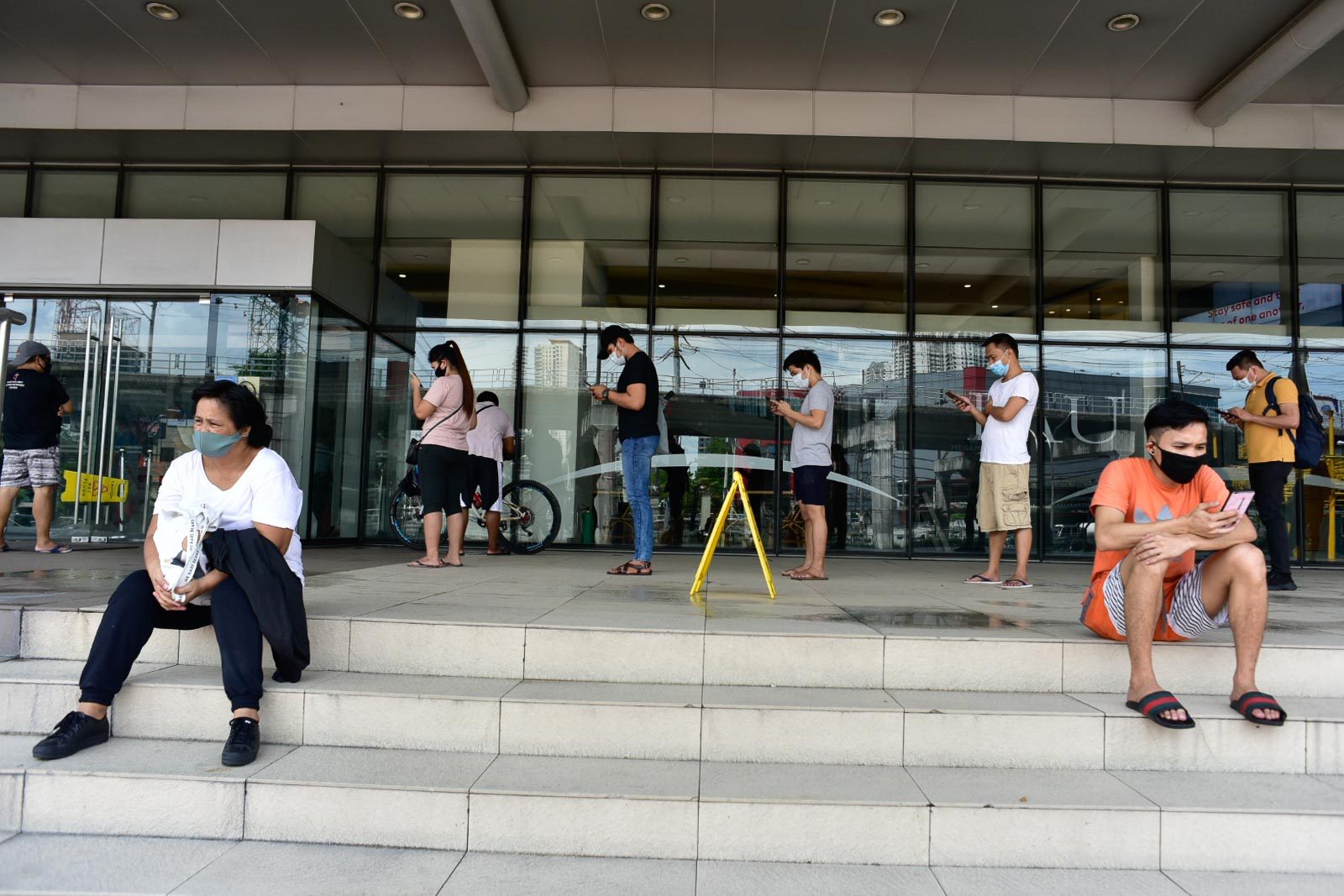SUMMARY
This is AI generated summarization, which may have errors. For context, always refer to the full article.

MANILA, Philippines – On Tuesday, May 26, Metro Manila mayors recommended that the national government place the National Capital Region (NCR) on general community quarantine (GCQ) as early as June 1.
But is it safe to ease the modified enhanced community quarantine (MECQ) in NCR?
For experts at the University of the Philippines (UP), it is “premature” to do so.
“The reproduction number R of NCR, which is oscillating at around 1.0 rather than showing a discernible decrease, is a sign that it might be premature to relax the MECQ to GCQ,” Octa Research said in its forecast report on the coronavirus pandemic released on Tuesday, May 26.
Octa Research is a team of UP researchers and scientists. They have been conducting the study since April using data from the Department of Health (DOH). The authors include mathematics professor Guido David, political science expert Ranjit Singh Rye, public administration professor Erwin Alampay, University of the Philippines College of Medicine professor Michael Tee, and others.
The experts said that during the duration of the MECQ from May 16 to 25, there was “almost no change in the week-to-week number of new COVID-19 cases in NCR.”
They, however, noted that the estimates are based on confirmed cases, and do not include cases that are still for validation.
The DOH earlier explained the gaps in its data, saying that this is due to the lack of personnel who can validate them.
As of May 26, the DOH COVID-19 tracker showed that there were a total of 21,643 positive individuals for COVID-19, while there were only 14,669 confirmed cases. This means a total of 6,974 cases still need to be validated.
The group said that even the data they received from the DOH appears to have a lag, stating, “NCR remains a high-risk area.”
“The average number of new COVID-19 cases in NCR over the past week (May 19 to 25) is greater than 5 per day per million of population,” the group added.
The report noted that Makati, Las Pinas, and Pasay had the largest week-to-week increase in new COVID-19 cases. It went up by 170%, 60%, and 58%, respectively, from the previous week.
“These were offset by decreases in new COVID-19 cases in Mandaluyong, Marikina, Pasig, Quezon City, and San Juan,” the group said.
Based on the findings of their study, the UP experts said that the changing patterns of new COVID-19 cases in these NCR cities suggest that Metro Manila should be considered as a single region for quarantine purposes.
Forecast in NCR
According to the UP experts, NCR might have 12,700 coronavirus cases and 920 deaths by June 15. They said that this already included the cases for vaidation in NCR alone.
As of Monday, May 25, the NCR registered 9,491 cases of COVID-19.
Given the continued rise in cases in NCR, the group urged the government to review the minimum health safeguards and quarantine mechanisms in high-risk areas such as the capital region.
“We further caution the government on the premature relaxation of the MECQ without substantial data and without the minimum health safeguards in place in affected areas regardless of the historical number of cases,” the group said.
NCR, Laguna, Bataan, Bulacan, Nueva Ecija, Pampanga, Zambales, Angeles City, and Laguna are on MECQ until May 31. Cebu City and Mandaue City are on ECQ until the same date. – Rappler.com
Add a comment
How does this make you feel?
There are no comments yet. Add your comment to start the conversation.